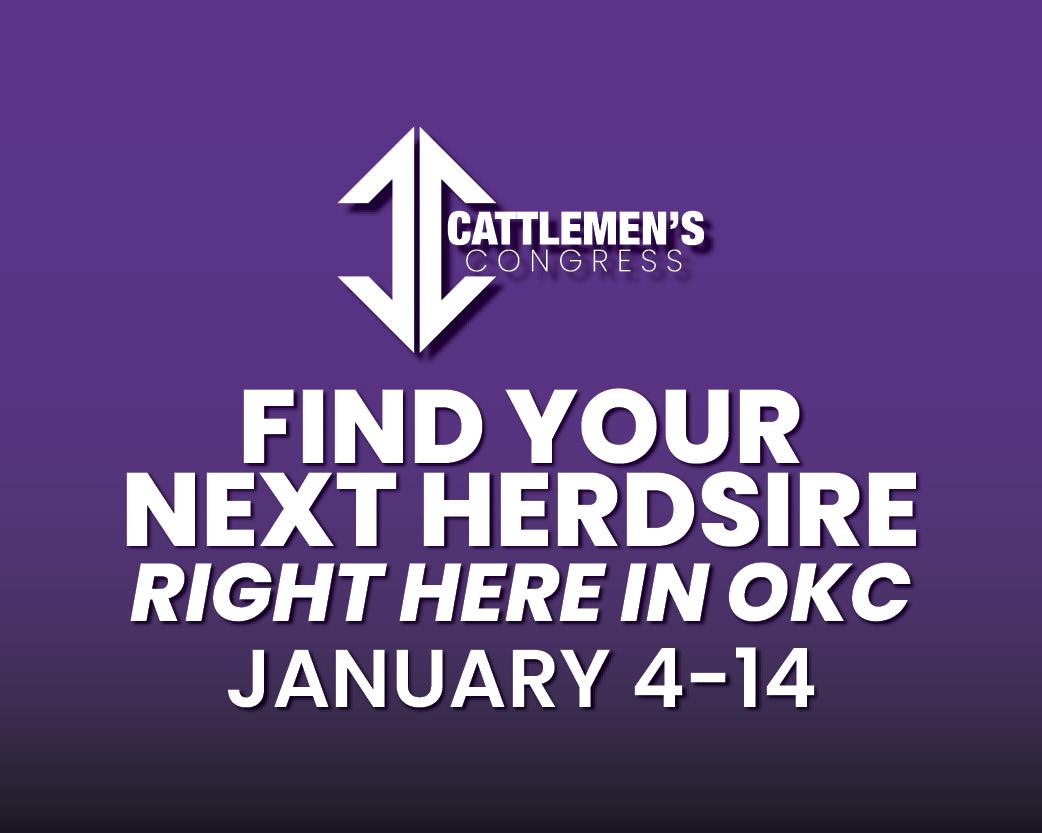
The agricultural industry is rapidly digitizing, and according to Dr. Ryan Reuter, an Animal and Food Sciences Professor at Oklahoma State University (OSU), this transformation is making its way to livestock production. In a conversation with Farm Director KC Sheperd, Dr. Reuter detailed how technologies like virtual fencing, animal sensors, and autonomous equipment are moving precision agriculture from row crops to the range.
Dr. Reuter noted that research into virtual fencing and other sensors has been underway for several years. He reported that the models and technology are continuously improving, becoming “more capable, more durable,” and, for commercial versions, “getting a little bit cheaper over time.”
Making Producers’ Lives Better and Safer
Dr. Reuter stressed that the core mission of this automation is to make ranchers’ lives easier and safer, particularly as producers often manage herds alone or continue working into older age.
Efficiency and Safety Benefits:
- Pinpoint Location: GPS sensors allow operators to immediately verify an animal’s location, eliminating the need to “waste time driving around looking for an animal that we can’t find.” If a problem arises, they can drive directly to the animal.
- Reduced Labor: OSU is testing an autonomous feed truck that can run a mission based on GPS and distribute supplement to cattle “independent of having a driver with it.”
- Safety: Automation minimizes human risk. Dr. Reuter pointed out that tasks like feeding cattle and tagging calves can be dangerous situations, and using technology helps “keep farmers out of harm’s way.”
The Critical Data Focus: Location and Behavior
While these systems collect a vast amount of data, Dr. Reuter highlighted two key data points that provide the most value for managing a grazing environment:
- Location (GPS): A GPS sensor provides the animal’s current location and its history, which is crucial not only for finding lost animals but for assessing grazing strategy and monitoring how the animal is using the environment.
- Behavior (Accelerometer): Using a device analogous to a fitness tracker, an accelerometer summarizes an animal’s daily activity. OSU researchers are developing algorithms to extract specific indicators such as:
- Resting time and rumination patterns.
- Alerts for significant behavioral changes, such as an animal getting sick and depressed or beginning to calve.
The Major Hurdles to Adoption
When asked by KC Sheperd about the challenges outside of hardware and retention (which is improving, with many commercial sensors seeing retention rates above 90%), Dr. Reuter highlighted two primary obstacles:
- Cost: While prices are dropping, the initial financial investment remains a significant barrier for some producers.
- Technology Management: The biggest non-monetary hurdle is the reluctance of producers to manage the technology. Dr. Reuter referred to this as “babysitting the technology.” He observed that many producers, who grew up with traditional methods, are resistant to adopting complicated digital interfaces, preferring a “plain old switch.” The industry is still in the early stages of this digital transition.


















